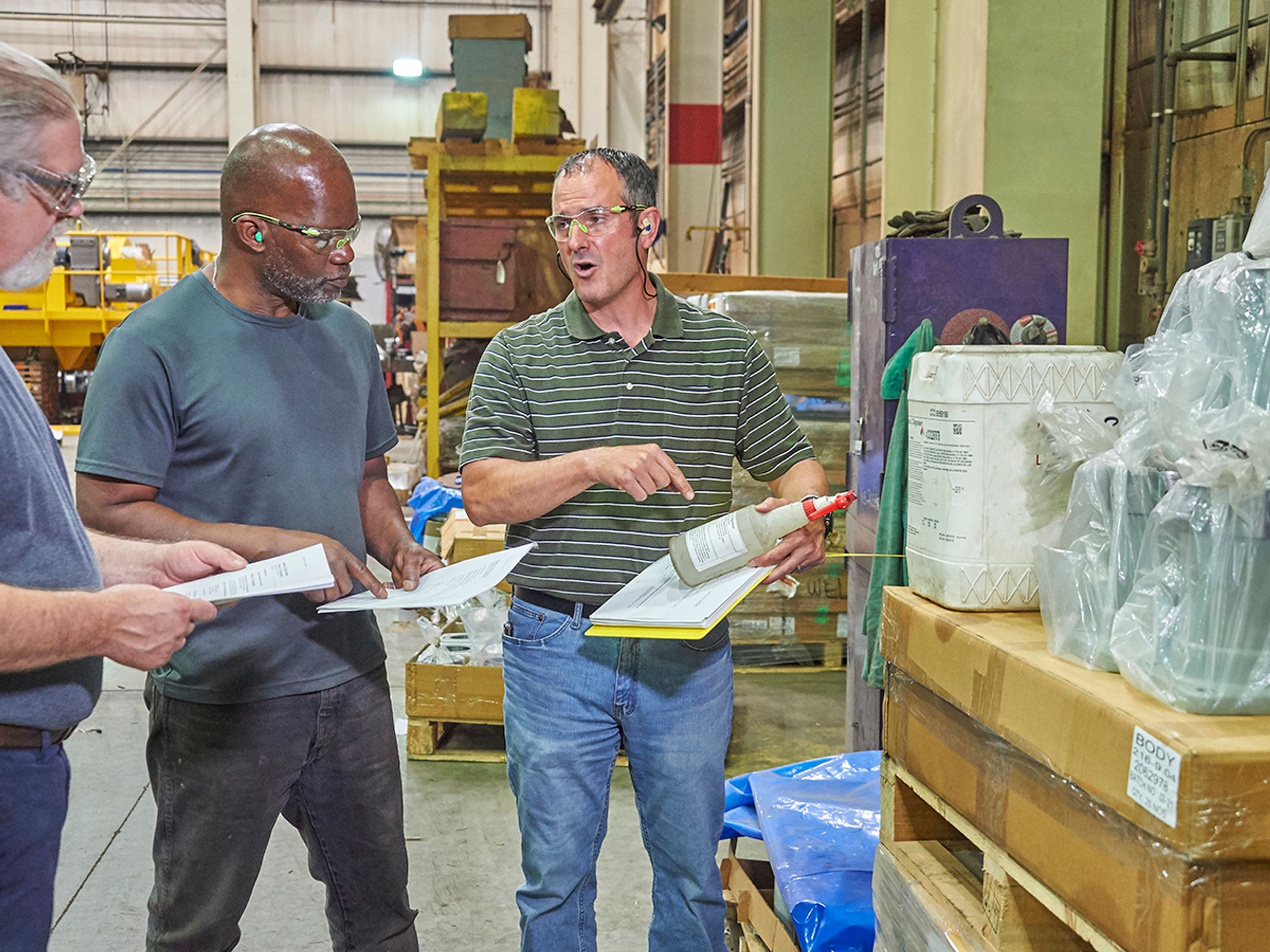Programmed inspections

Just under half of all inspections are programmed. The agency conducts programmed inspections using national and local emphasis programs that direct resources to high-hazard industries or specific hazards that lead to severe injuries, illnesses, or death.
OSHA currently has 12 National Emphasis Programs (NEPs) focusing on COVID-19, lead, ship-breaking, trenching/excavations, process safety management, hazardous machinery, outdoor and indoor heat, hexavalent chromium, primary metal industries, silica, and combustible dust. OSHA’s Regions and Area Offices also have additional Local Emphasis Programs (LEPs) that focus on hazards and industries prevalent in their jurisdiction.
Site-Specific Targeting (SST) Program
The agency’s Site-Specific Targeting (SST) Program also consists of programmed inspections of non-construction worksites in both the manufacturing and non-manufacturing sectors. Each year, OSHA selects establishments for a full safety and health inspection based on high or upward-trending injury rates as submitted through the electronic Injury Tracking Application. Selection is based on their DART rate (cases with Days Away, Restrictions, or Transfer).
Under SST, OSHA also inspects a random sample of establishments the agency believes should have provided Form 300A data under 29 CFR 1904.41 but did not. Similarly, the agency targets a sample of low-rate establishments to verify the reliability of the 300A data
Voluntary Protection Program (VPP)
It’s worth noting that VPP participants are exempt from OSHA programmed inspections while they maintain their VPP status. The VPP recognizes employers and workers in the private industry and federal agencies who have implemented effective safety and health management systems and maintain injury and illness rates below national Bureau of Labor Statistics averages for their respective industries.
To participate, employers must submit an application to OSHA and undergo a rigorous onsite evaluation by a team of safety and health professionals. Union support is required for applicants represented by a bargaining unit. VPP participants are re-evaluated every three to five years to remain in the program.
